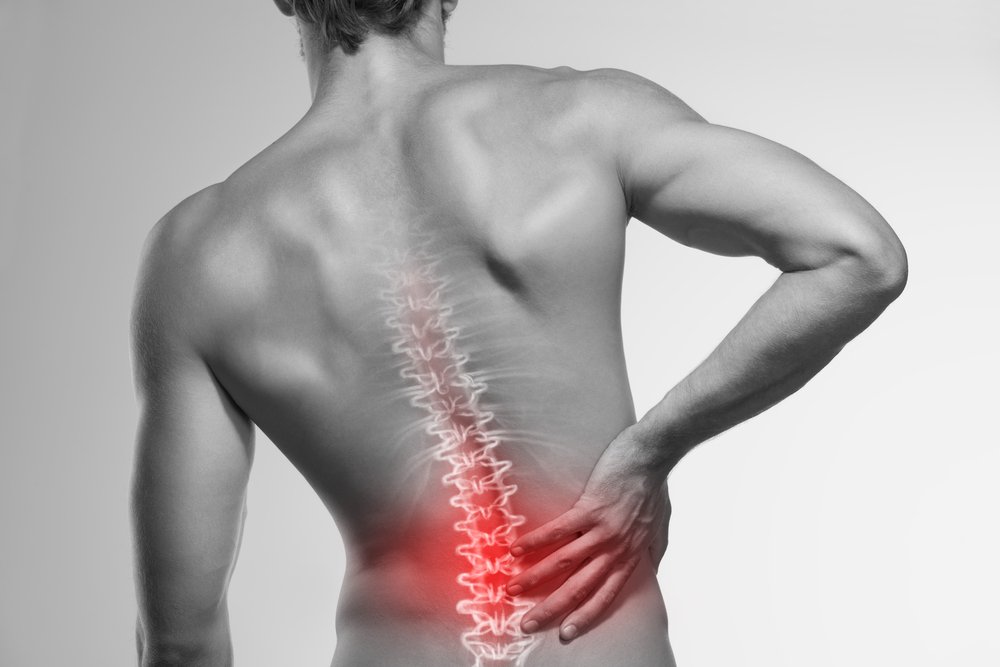Put your back into the twin spine study
To put your back into it, or not?
One of the major concerns I hear from my patients is that they are worried that certain movements or exercises will “wear their back out”. They may have been told by well-meaning healthcare professionals that they should avoid certain types of activities that place “increased load” on the spine. Many of us worry that as we age, with work, play and everything in between, we will eventually say goodbye to the good old days… and our backs. Research, however, has cast some doubt on this. Though to some this research may seem deterministic, it actually becomes quite liberating.
Contrary to popular belief, using your spine is arguably the greatest way to strengthen it, and not using it may contribute to its deterioration. Gradual loading of tissues provokes healthy adaptations and a reminder to the body to nourish the tissue and maintain its integrity for further future usage.
Types of back pain
Before we get into it, it’s important to note that back pain let’s simplify back pain into two categories. Axial back pain occurs along the spine's main beam, or the longest line. Radicular back pain occurs along the nerve roots that exit from the spine. Often, nerve root irritation is because of changes to the discs that sit between the spinal bones known as vertebrae.
Ok, but what is disc degeneration?
Degenerative discs, in a nutshell, refer to symptoms of back or neck pain produced by wear and tear on a spinal disc, whether it is due to external forces or genetics.
Much of the time these discs changing shape or “degenerating” don’t cause symptoms, in fact, research has shown poor correlation between structural findings in the spine and pain full stop.
Sometimes though, injuries to the discs can be painful and bulges and other injuries to the discs can cause irritation to the adjacent nerve root as it passes next to it.
This can cause symptoms such as weakness, numbness, and hot and even shooting pain in your arms or legs (another example of radicular back pain).
Degenerated discs are those that have dried out, shrunk, bulged, herniated, lost space to bony development, or become sandwiched by aberrant endplates. A lot of big words, we know, but there are all things they had to take into consideration when doing the Twin Spine Study.
Now you have the background …. Onto the RESEARCH!
The Twin Study (Battié et al., 2022)
In 1991, an ongoing study was started, the twin study. It discovered that an individual's genetic composition actually plays a much bigger part in the development of back pain compared to physical strain. Obviously it was done with twins, because we need a fair match.
The study compared identical twin siblings whose exposure to a potential risk factor for back disorders differed significantly. It was based on data from 600 people in the population-based Finnish Twin Cohort, which included 147 pairs of identical and 153 pairs of fraternal male twins.
For example, one twin may have a more “chilled” work lifestyle while the other one is lifting and moving all day, or one may drive to work on a regular basis while the other does not.
The twins were weighed and measured, and their employment histories and workout regimens were investigated, like a true test subject. Scientists then assessed their muscle strength and endurance, as well as having everyone undergo MRIs.
The study's findings were surprising, demonstrating that inheritance has a far greater impact on disc deterioration than we previously thought. For example, despite significant differences in work and leisure-time physical loading conditions between identical twin brothers throughout adulthood, the impact on disc degeneration only had a minor impact.
But don’t get us wrong, physical loading, managing large loads, bending, twisting, and static labor in uncomfortable positions can affect your back and influence disc degeneration, but long term, the effects were minimal.
What does this mean for our science and your back?
Whether you are lounging on your couch reading this or lifting and moving the couch for the 100th time, chances are your back won’t care much for either. It might just be in your genes.
This study to some extent confused our traditional beliefs and thinking, once again casting doubt on age old advice regarding “protecting backs”. Though mixed messages are frustrating these results could be seen as liberating us from traditional fear avoidance of physical loading after back pain.
Potentially, we could even take this information to give patients a better understanding of their risk factors and we can encourage you to actually go put your back into it, because physical strain might not be such a big villain. Of course there is such a thing as the right movement at the right time and progressing loads gradually is important especially following an injury but otherwise the general message is….
Go to the gym, lift the box, use your spine.
It’s not as fragile as you may think.
References
Battié, M., Videman, T., Kaprio, J., Gibbons, L., Gill, K., Manninen, H., Saarela, J. and Peltonen, L., 2022. The Twin Spine Study: Contributions to a changing view of disc degeneration†. https://pubmed.ncbi.nlm.nih.gov/19111259/





